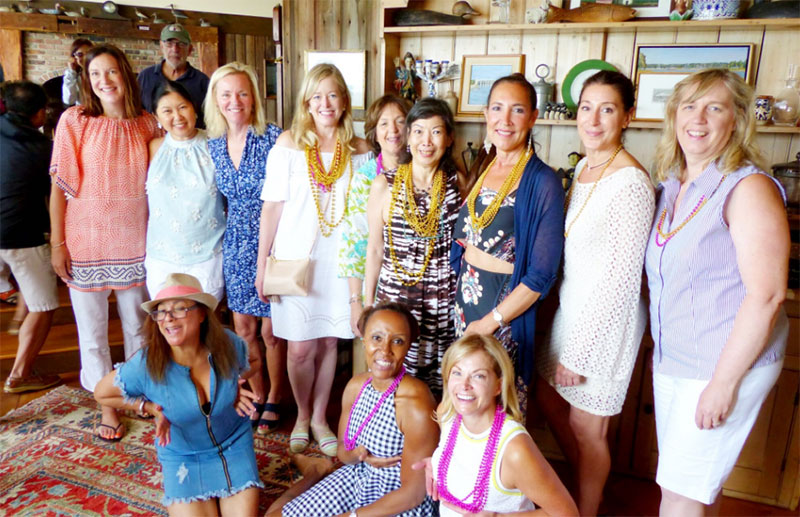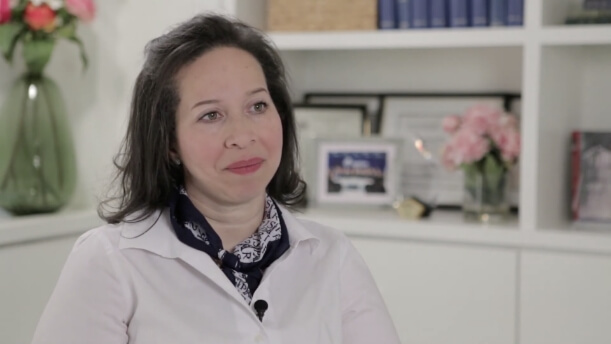
Rejuvenating Your Breasts: Is Restorative Surgery Right For You?
Pregnancy and breastfeeding take a toll on women’s breasts. So does extreme weight gain and loss, smoking, aging, and excessive sun exposure or eating a nutrient-poor, high-fat diet. Extreme fluctuations in breast size due to pregnancy and weight changes combined with the natural effects of gravity over time, however, are the primary culprits in causing breasts to lose their youthful appearance. Breast tissue is made up of collagen and elastin, which break down as we age. The skin loses elasticity, sometimes stretches irreversibly, and the remaining breast tissue falls to the bottom of the breast, leaving the top looking flat and deflated. No cream, bra, or exercise can correct droopy breasts, but there are surgical options that can restore lift and fullness and create a more youthful contour.
A breast lift (mastopexy) will remove excess skin, reshape the breast tissue, and raise the nipple and areola complex. A breast lift will help the existing breast tissue look fuller and rounder and can improve the symmetry of the breasts but will not significantly change their size. Women who are good candidates for a breast lift are at or near their ideal weight, in good health, and are not planning on further childbearing or breastfeeding. A mastopexy will resect excess skin and move the nipple-areola complex higher on the breast or move the breast tissue itself higher on the chest wall. There are several types of lift, depending on the degree of droopiness and the position of the nipple and areola.
- A Benelli-style mastopexy makes an incision around the areola and may be used to correct nipple asymmetry and mild droop. This lift may cause some flattening of the breast. When there is minimal to no droop, a crescent of skin may be resected above the areola to improve the position of the nipple. A crescent lift is a sub-type of the Benelli mastopexy, and is the least invasive and most minimal type of lift.
- Short-scar mastopexy or lollipop lift makes an incision around the areola and another vertically to the inframammary fold (where the breast and the chest meet) and is very effective for women with moderate to significant drooping, where the breast tissue needs to be positioned higher on the chest wall.
- Anchor lift is an older technique and leaves a lollipop scar with an additional long horizontal scar along the inframammary fold. The disadvantage is that the results tend to bottom out over time and there is more scarring.
For some women, a breast lift alone may not achieve the desired result. The breasts may have become too deflated or the woman may feel that their breasts are too small. Conversely, very large breasts may be uncomfortable or causing back or arm pain, or a rash under the breasts.
A breast augmentation uses implants or fat grafting to provide additional volume to the breasts, and it also tends to fill the upper portion of the breast. With implants, the breasts are made larger through either a small periareolar incision or an inframammary fold incision.
A mastopexy augmentation combines a breast lift with implants to both lift and add volume to the breast. The breasts are larger, and the nipple-areola complex is repositioned higher on the chest walk through a periareolar incision and often a vertical scar as well.
A vertical reduction mammoplasty or breast reduction removes excess tissue and skin and positions the breast tissue higher on the chest wall. The new breasts are smaller and there are scars around the areola and a vertical scar to the inframammary fold.
Each year, women undergo procedures to improve the shape and size of their breasts. Many women take action when they feel that life changes have distorted their breasts to the point where they no longer feel like themselves. Once their breasts have been restored, women feel more comfortable in their own bodies which often makes them feel more confident inhabiting their place in the world.


